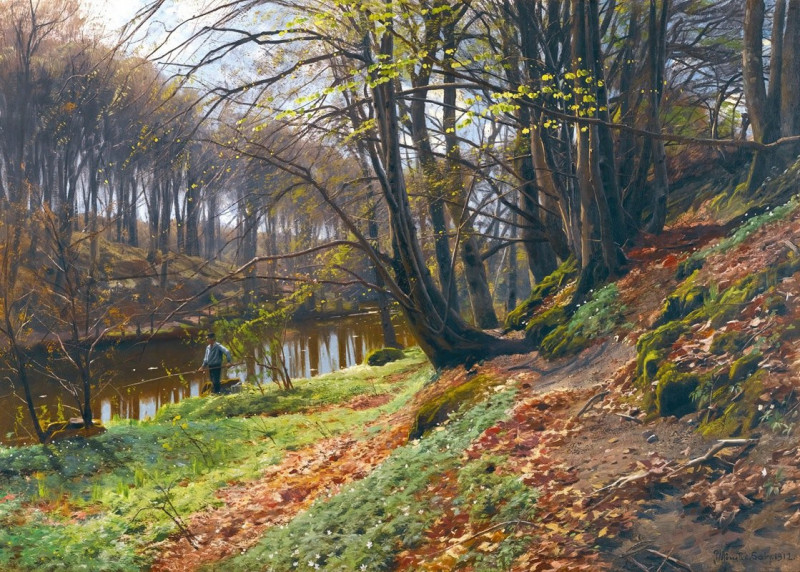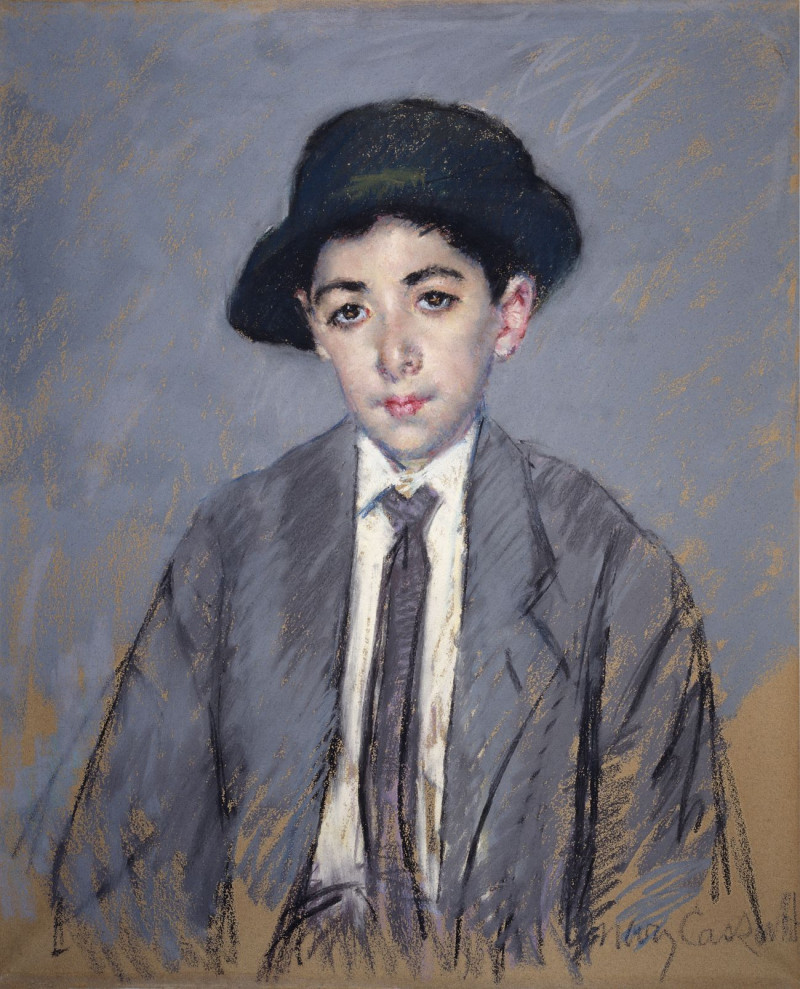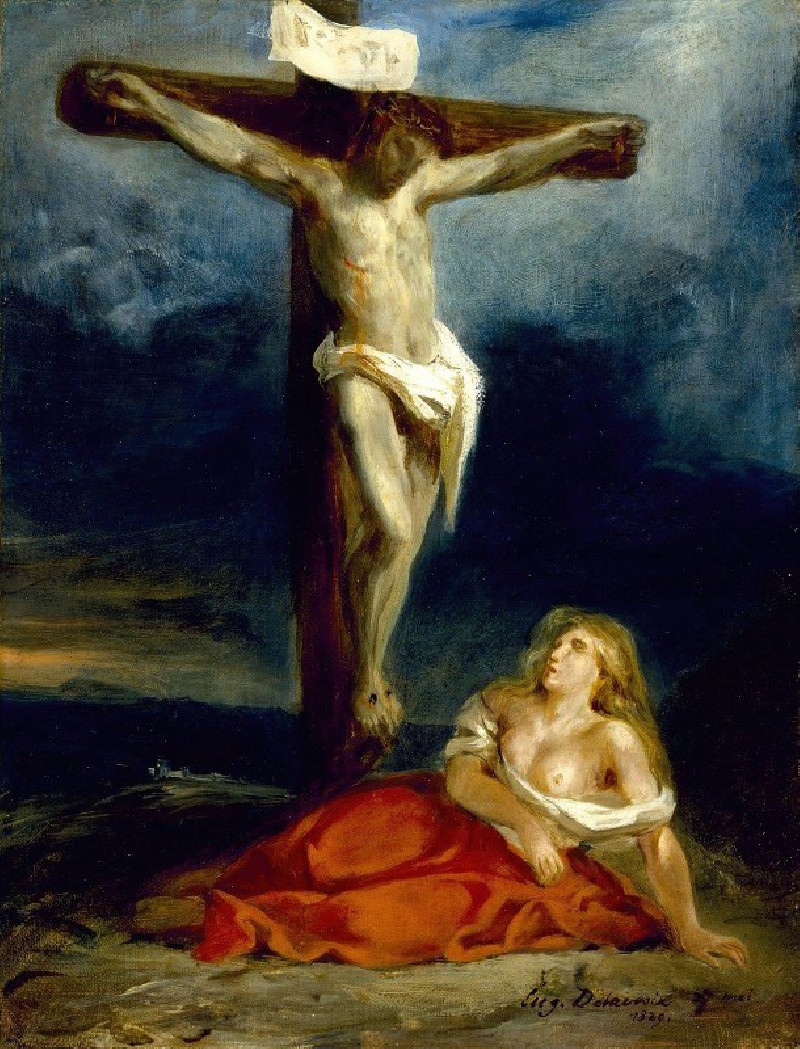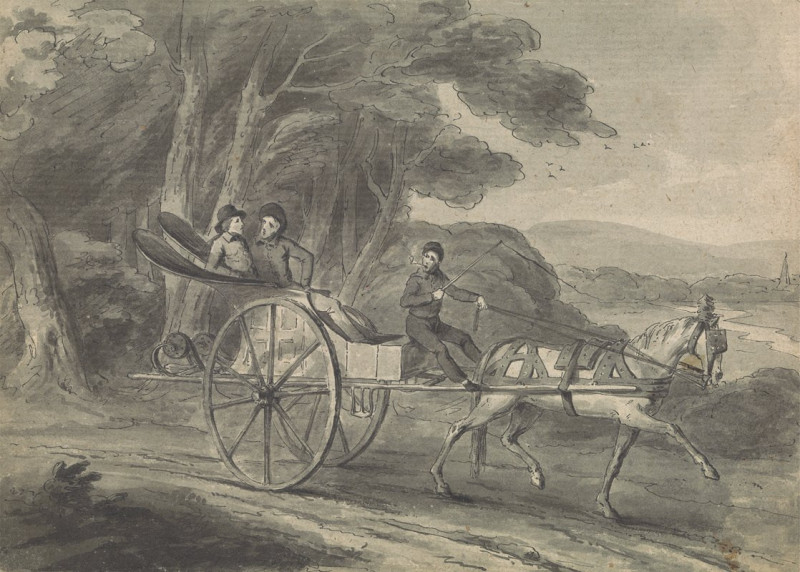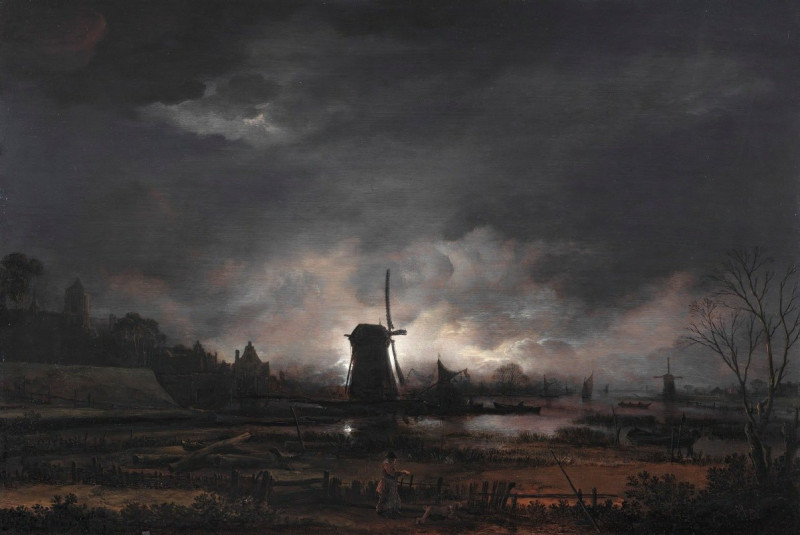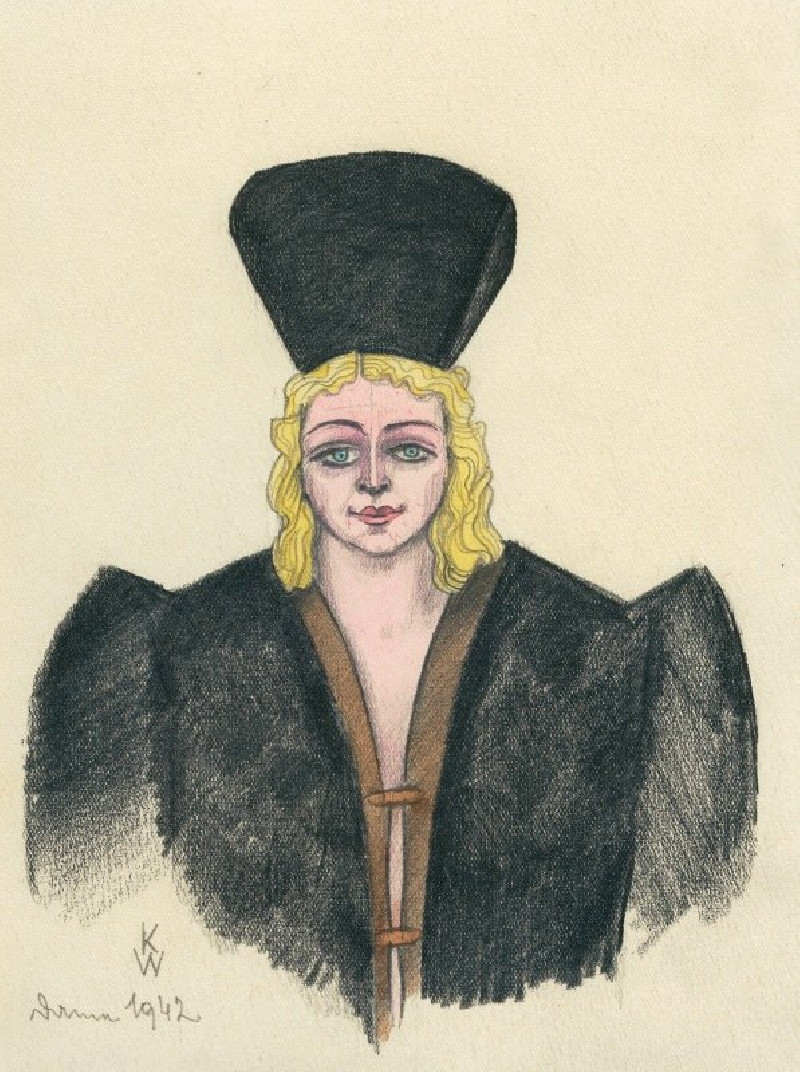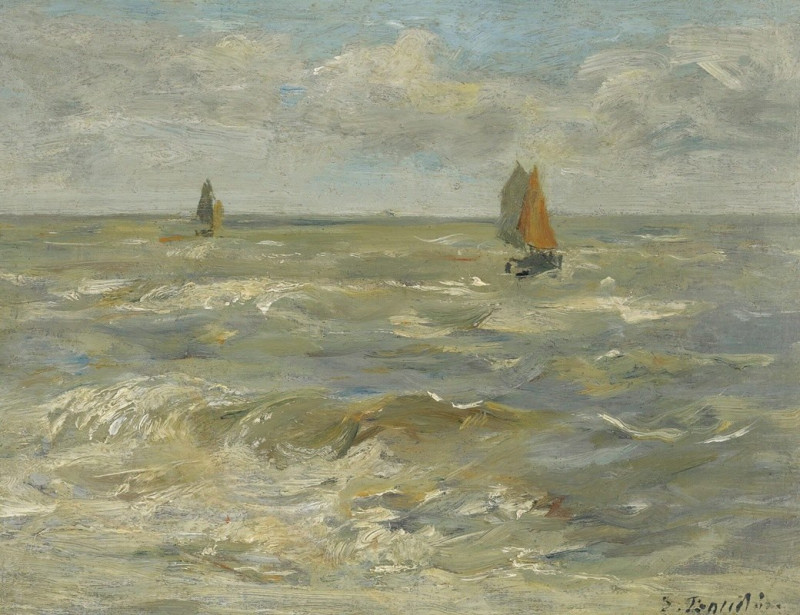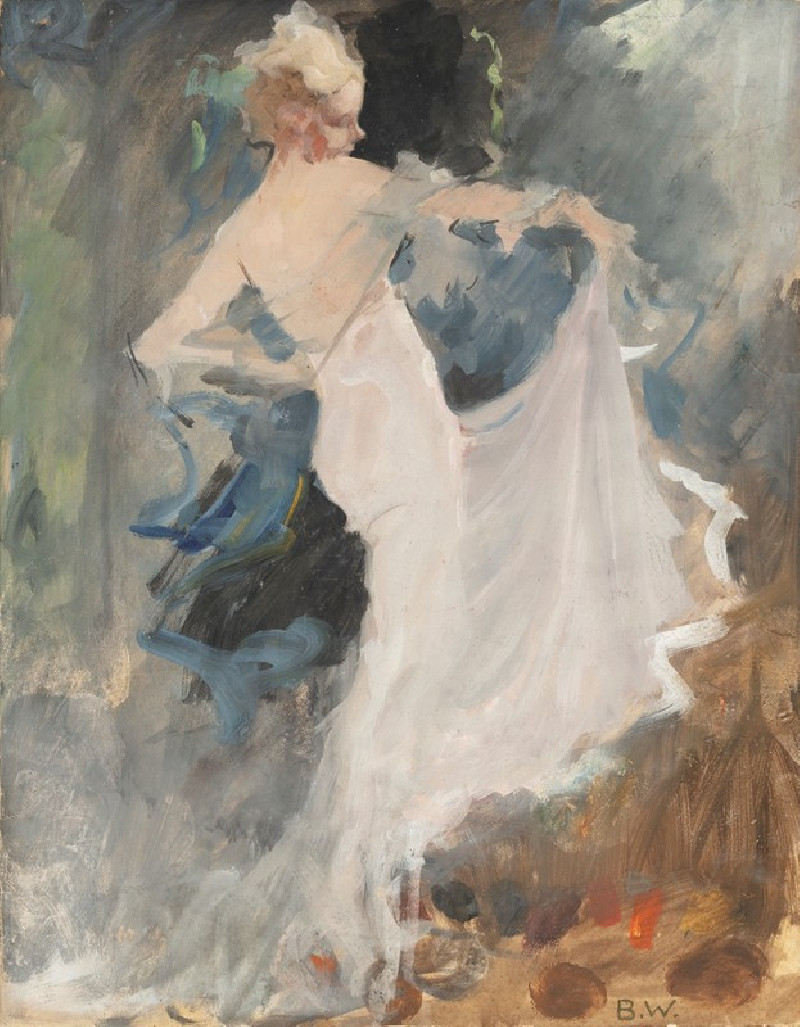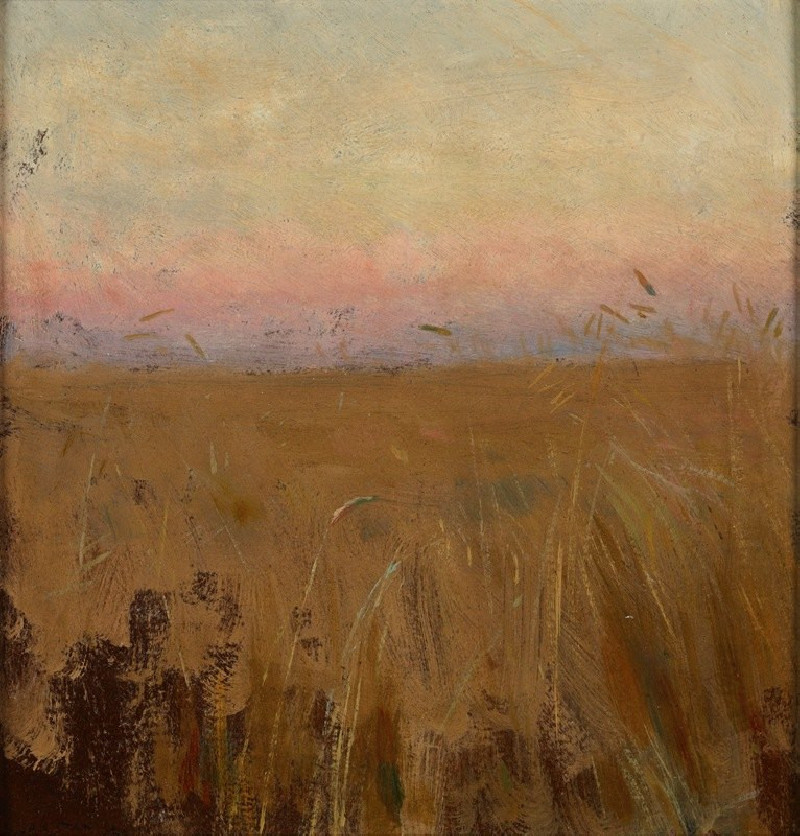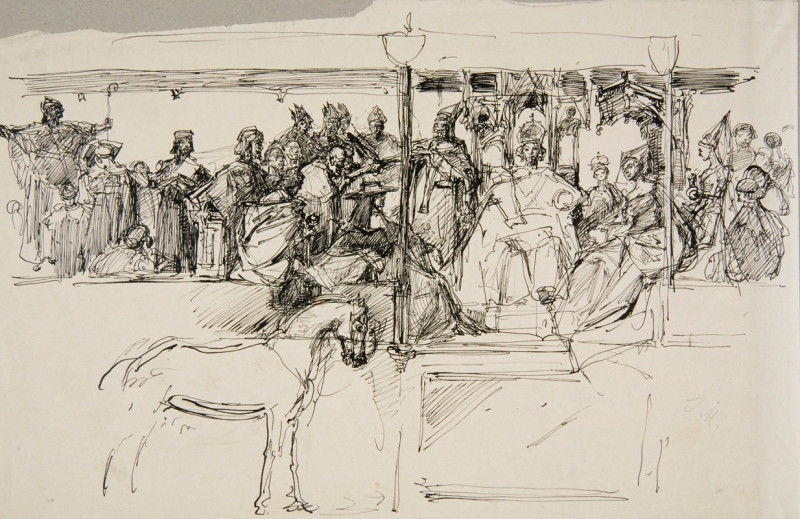Portrait of Isabelle Lemonnier with a Muff (About 1879-80)
Technique: Giclée quality print
Recommended by our customers
More about this artwork
Édouard Manet, a pivotal figure in the transition from Realism to Impressionism, captured the essence of 19th-century Parisian life with his bold brushstrokes and modern approach to composition. The painting "Portrait of Isabelle Lemonnier with a Muff," dating from around 1879-80, is a fine example of this mastery.In this enchanting portrait, Isabelle Lemonnier is depicted with an engaging and slightly enigmatic expression. Her face turns softly towards the viewer, her lips hinting at a tentative smile, which conveys both warmth and a hint of reserved distance. Isabelle’s attire is of the period, characterized by a fashionable hat adorned with a singular dark feather, tilted at a jaunty angle atop her flowing dark hair. The focal point of the portrait, the muff, envelops her hands, suggesting the coolness of the season and highlighting her status and fashion-forward sensibility.Manet's use of light and shadow plays across her facial features and the rich textures of her clothing, bringing a vibrant realism that makes the portrait resonate with life. The skillful brushwork varies from the detailed rendering of her face to the more loosely defined attire and muted background, creating a sense of immediacy and intimacy.This portrait not only reflects Manet's artistic skill but also serves as a window into the social nuances of his era, where fashion and personal demeanor shaped one's presence in society.
Delivery
Returns
Édouard Manet (1832–1883) was a French modernist painter and one of the first 19th century artists to paint modern life. His impressionist style is characterized by relatively small and thin brushstrokes that create emphasis on light depiction. Manet was one of the key artists in the transition from realism to impressionism, along with Claude Monet, Edgar Degas, and Pierre-Auguste Renoir. However, he resisted involvement in any one specific style of painting, and only presented his work to the Salon of Paris instead of impressionist exhibitions. His early masterworks, The Luncheon on the Grass and Olympia, created great controversy and served as a rallying point for other young painters.































